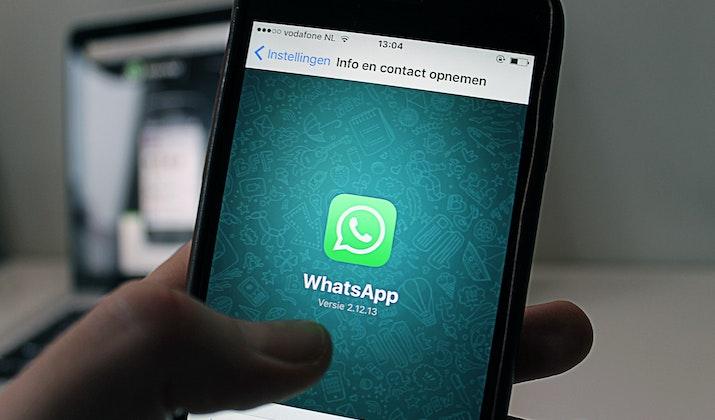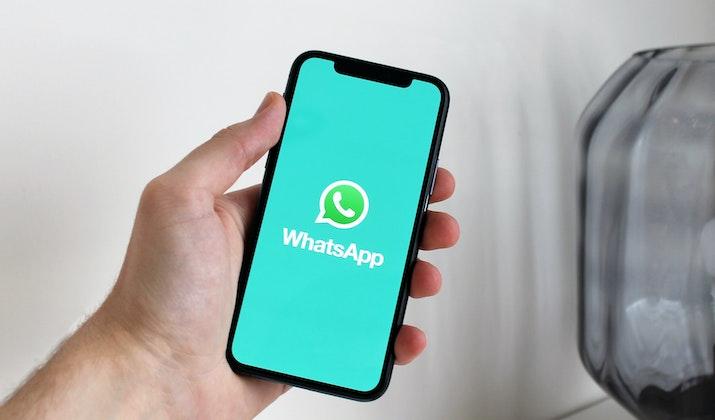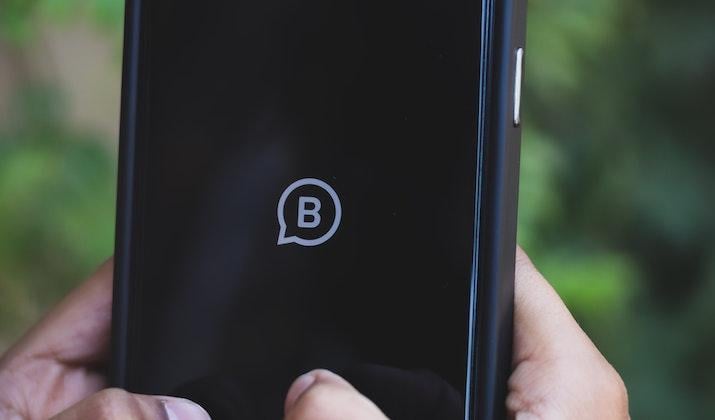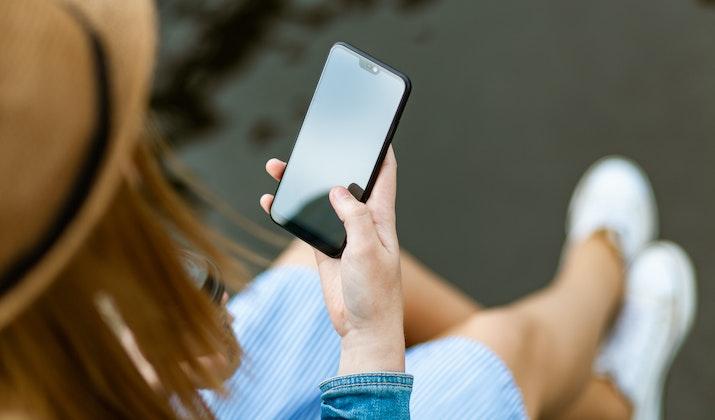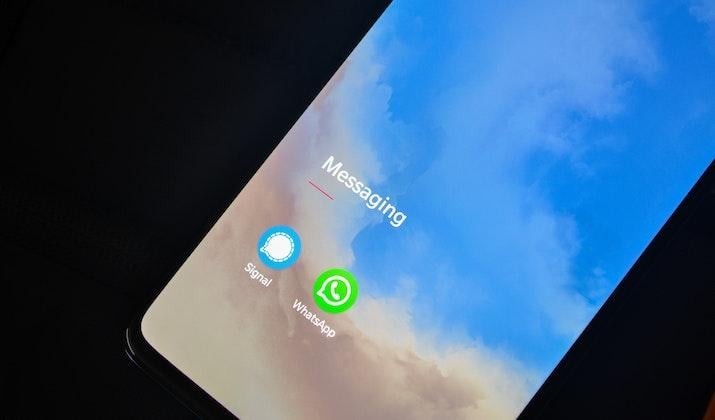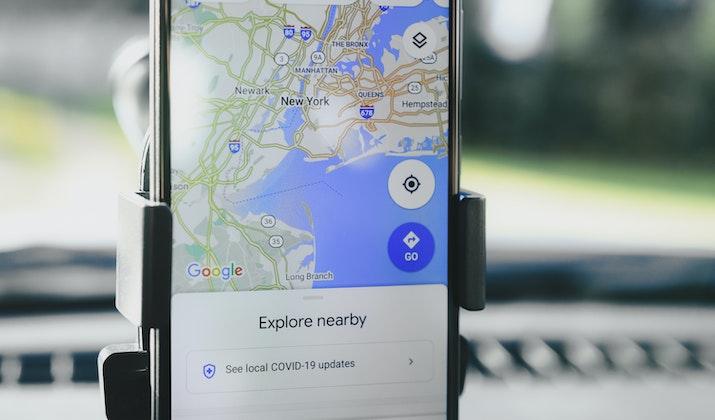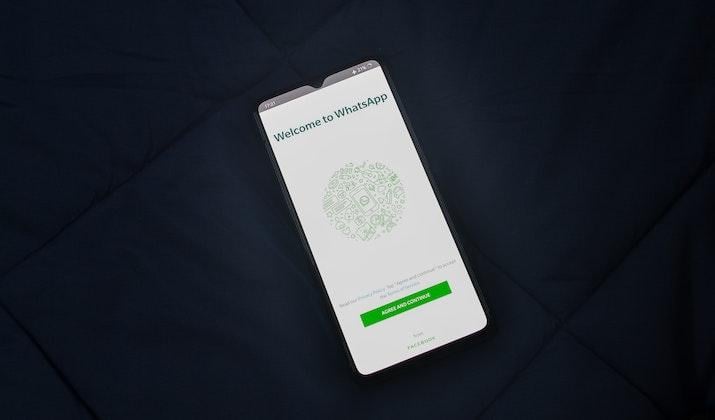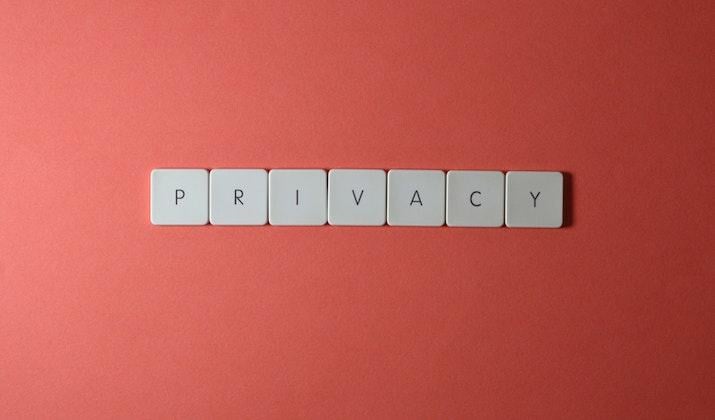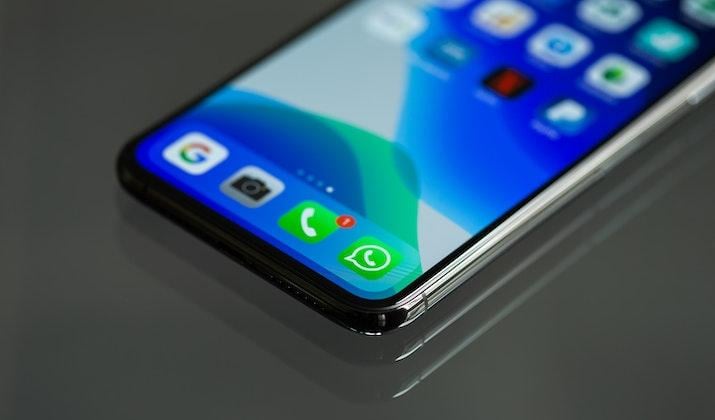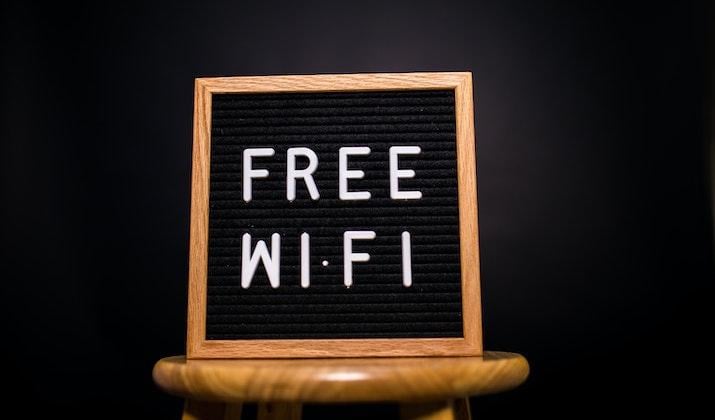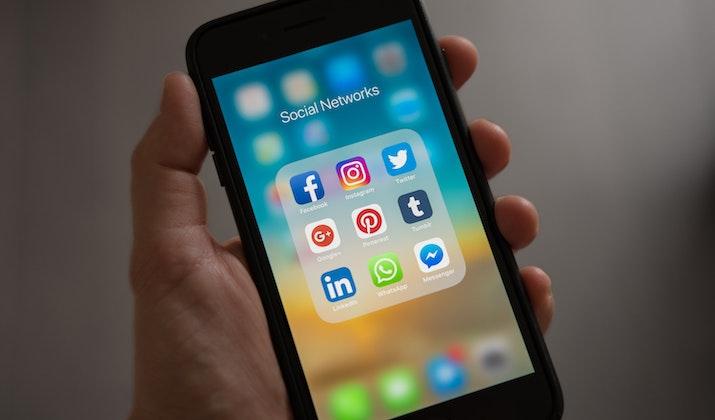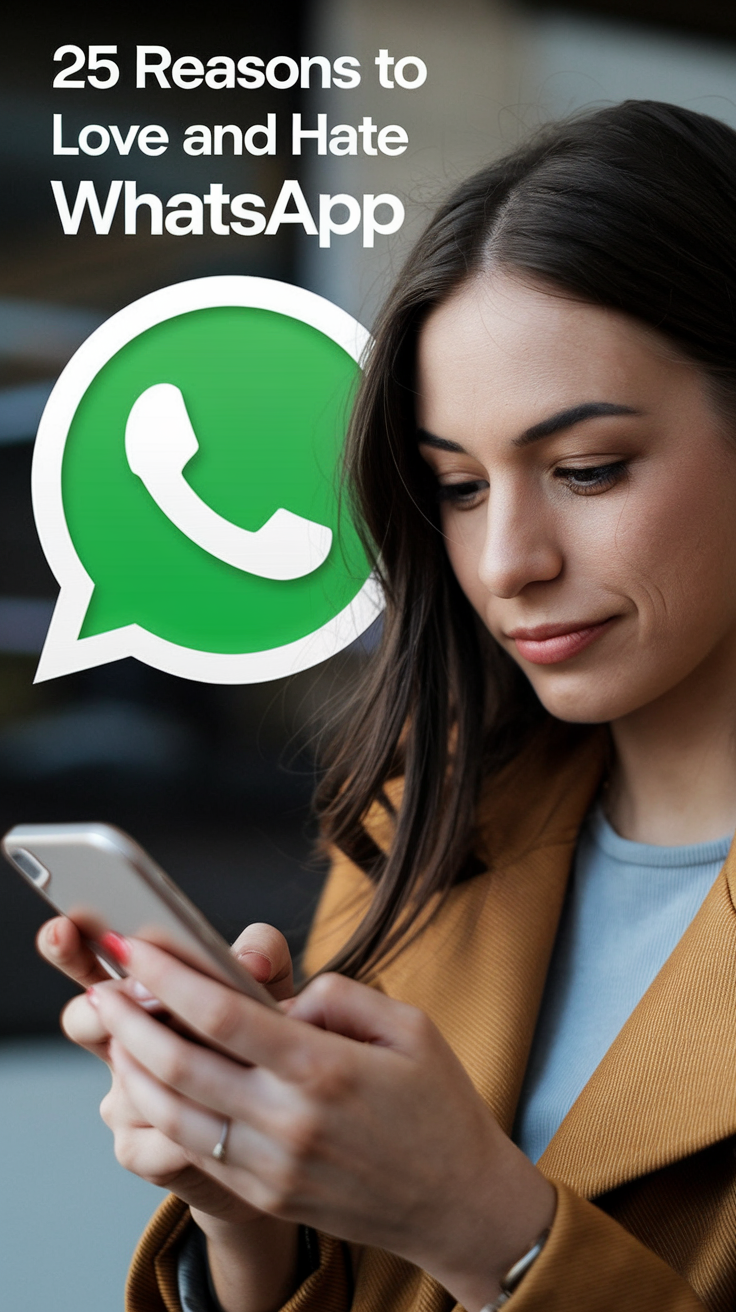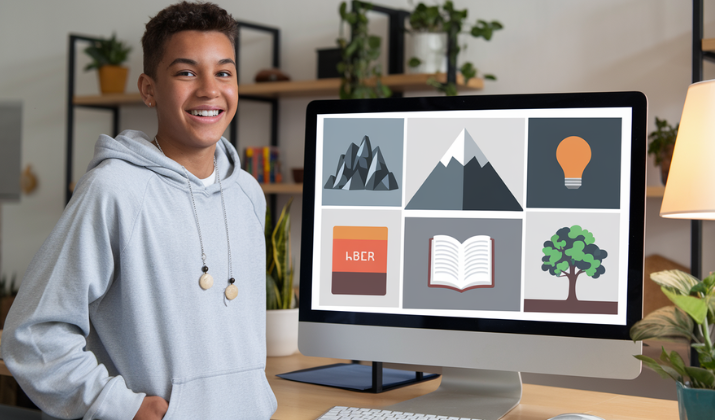WhatsApp has been around since 2009 and has grown to become one of the most popular instant messaging and VoIP services worldwide.
As of 2021, WhatsApp had over two billion monthly active users, bypassing the most popular IM platforms like Viber, Telegram, and even WeChat.
Although there was some controversy surrounding the acquisition of WhatsApp by Facebook in 2014 due to Facebook’s long history of misusing users’ data, the app has continued to gain more numbers.
This is mainly because WhatsApp has been improving its services, adding new features like video and audio calls and status updates, among many others.
But as much as it has made communication more accessible and cheaper, WhatsApp has some disadvantages. This article will explore the pros and cons of WhatsApp, and if you’ve been thinking of either installing or ditching it, read this first before making up your mind.
-
Pros of WhatsApp
- 1. It’s Free With No Ads
- 2. Easy to Use
- 3. Data Friendly
- 4. End-To-End Encryption
- 5. Compatible With Multiple Devices
- 6. Offers Voice Notes
- 7. Offers Audio and Video Calls
- 8. Allows File Sharing
- 9. There’s WhatsApp Business
- 10. Displays Status of Message Delivery
- 11. Pin and Archive Chats
- 12. Supports Broadcast Messages
- 13. Allows for the Creation of Groups
- 14. You Can Edit Pictures
- 15. It has GIFs, Emojis, and Animated Stickers Support
- 16. Allows Blocking and Muting
- 17. Supports Live Location Sharing
- 18. Provides Backup Options
- Cons of WhatsApp
- Wrapping It Up
- Enjoyed the post?
Pros of WhatsApp
1. It’s Free With No Ads
Photo by Anton/Pexels
A leading reason for WhatsApp’s rapid growth is that it was free when it came out, and the platform has maintained that stand ever since. All you need to use WhatsApp is access to the internet, and you’ll be sending messages instantly to anyone worldwide.
Another added advantage is the lack of ads, which is unique nowadays, where everything comes with ads and bloatware.
There was slight fear when Facebook took over the platform in 2014 that it would introduce premium plans. But so far, there’s no indication that WhatsApp will ever start charging for any of its services in the future.
Also Read: Secret WhatsApp Tricks
2. Easy to Use
WhatsApp doesn’t have a steep learning curve. It’s one of the most straightforward instant messaging apps ever. The user interface is clean, with clear fonts showing where to access your desired features.
Users can also set the platform to their preferred language, choosing from a list of over 40 languages on iOS and over 60 languages on Android. The language can be changed at any time through settings.
3. Data Friendly
Photo by Anton/Pexels
Sending a text message on WhatsApp only averages about 30KB of data. Voice messages consume about 6KB per second, while a WhatsApp video call will use about 750KB per minute.
This is hands down one of the most data-efficient instant messaging platforms around, which is why many people love it. You can stay connected and communicate with others even on the worst internet connection.
4. End-To-End Encryption
WhatsApp started implementing end-to-end encryption in 2014 to enhance user privacy. This is the type of encryption where everything you send, be it messages, images, videos, audio, documents, or status updates, is tightly secured from snooping.
This means that the only people who can see the messages are those on both ends of the communication channels. Even WhatsApp itself doesn’t have access to any of these private messages.
This is important if you stay in a country where surveillance from government agencies is the order of the day. Therefore, this was a game changer when WhatsApp finally implemented it.
5. Compatible With Multiple Devices
Photo by Vlada Karpovich/Pexels
On top of being accessible and easy to use, WhatsApp can be installed on any portable device known to man. This ranges from Android and iOS smartphones and tablets; there are even native apps for desktop computers running on Windows, Linux, and macOS.
And if you don’t want the hassle of installing all these apps, you can use WhatsApp web (introduced in 2015), which you can access through any browser. However, for it to work, you must have the app running on your Android or iOS smartphone or tablet.
There’s an independent desktop app that only requires a one-time login.
Also Read: Best WhatsApp Alternatives
6. Offers Voice Notes
Sometimes typing long paragraphs is too much work because you must correct the spelling, even when you’re too tired to care about that.
To make things easier, WhatsApp introduced voice notes in 2013. This feature can be activated by tapping the small microphone icon, speaking into it for as long as you want, and hitting send.
Surprisingly, voice notes are a lot clearer than audio and video calls. As it stands, over seven billion voice messages are sent on WhatsApp daily.
Voice notes can be played back anytime (unless the sender makes them disappear after the first listen). You can even fast-forward the playback and even preview a bit of it.
7. Offers Audio and Video Calls
Photo by Cotton Bro Studio/Pexels
In March 2015, WhatsApp introduced voice calls between two accounts. This game changer disrupted the market that had long been in the hands of telecommunication companies charging high call rates.
Video calls were added in 2016, and then in 2018, group voice and video were introduced, but they were limited to a maximum of four accounts, expanding to eight accounts in 2020.
Compared to regular calls through mobile devices and video calls from platforms like Skype, the quality and clarity on WhatsApp could be better, but the advantage is that it costs the user nothing. It would help if you simply had a stable internet connection.
8. Allows File Sharing
You can share files through WhatsApp with other individual accounts and groups. For a long time, people could only share images and videos. But in 2016, WhatsApp introduced a document-sharing feature that allowed users to send and receive text-based documents like PDF files, Word docs, and TXT files, among many others.
In 2021, WhatsApp introduced disappearing messages for videos and images, allowing people to control how often the files they sent were viewed. This stopped the sharing of pictures and videos of other people without their consent.
Once you activate disappearing messages, they will be deleted automatically after seven days.
9. There’s WhatsApp Business
Photo by Ravi Roshan/Pexels
WhatsApp is rarely used for official communications. If you are a business owner and need a professional way of communicating with your customers directly without switching to other platforms, then you can take advantage of WhatsApp Business.
It’s a separate app allowing you to set up your business profile with slots to add your website and any other virtual information about your business. You can even upload your goods and services to a curated section where customers can browse and order things directly.
Like the original version of WhatsApp, this one is also free, has no ads, and supports all the features found in the other version.
10. Displays Status of Message Delivery
Photo by George Dolgikh/Pexels
Although it was controversial when it came out, WhatsApp delivery status has become essential for many people today. It was first introduced in 2014 as Read Receipts and has been tweaked over the years to become what’s popularly known as Blue Ticks.
This helps people know whether their messages have been read or ignored, which was hard to know in the early years of WhatsApp.
However, there’s an option to disable this feature. But once you opt out, you won’t be able to see if your messages have been read or not.
Also Read: Best GIF Apps For WhatsApp
11. Pin and Archive Chats
Sometimes you may be too busy to reply to a message, and with time, you may forget, which can have devastating fallouts since people may assume you are ignoring them. WhatsApp has a Pin Chat feature that allows you to pin the chat at the top of your messages, where you can see it the next time you open the app.
And on the opposite end, if you don’t want to interact with some messages right now, an archive feature pushes them to the bottom, where they stay until you switch them back.
12. Supports Broadcast Messages
Photo by Rahul Shah/Pexels
WhatsApp Broadcast is one of my favorite features to date. It allows people to send messages to a large group at once without revealing the recipients to each other. So the recipient only receives the message as an individual.
This feature was introduced in 2013 and is a very convenient way of sending important messages at once without the hassle of dealing with multiple replies in a group.
13. Allows for the Creation of Groups
Another great feature that changed WhatsApp was the addition of Groups. This allowed users to create groups and add friends, families, or anyone with shared interests. Messages are sent to these groups where everyone can see them and anyone can reply.
Group administrators with the power to add or remove someone is another handy feature that ensures that order and decorum are maintained. At the start, the maximum number of people a group was allowed to have was 512, but that was expanded to 1,024 in 2022.
14. You Can Edit Pictures
Rather than sending pictures as they are, WhatsApp has a feature where you can edit a photo using several tools. You can crop the image to any size, rotate it, add emojis, and colorful text, take out the background, draw things on the picture, and even add stickers.
All these are geared towards making conversation and sharing of files more fun and engaging.
15. It has GIFs, Emojis, and Animated Stickers Support
Photo by Cottonbro CG studio/Pexels
Communication has evolved dramatically with the internet; communicating what you want takes more than words. Things like emojis, GIFs, and animated stickers are available on WhatsApp, and they’re used to make conversations more accessible, fun, and quick.
Like voice notes, you don’t have to type everything you want to say when you can find a GIF that fits the mood or send an animated sticker to lighten things up. Now emojis are considered part of conversations, and this is in part thanks to WhatsApp as they were among the first platforms to incorporate them.
16. Allows Blocking and Muting
The thing with having so many communication apps is that boundaries get blurred very quickly. People have too much access to you, so it’s easy for them to overstep the boundaries and say something out of line.
WhatsApp has mute and block features that allow you to control who can send you messages.
The muting feature can be used for individuals or groups, with options to mute people for eight hrs, one week, or permanently. People and groups you have muted can still send you messages, but you won’t get the notifications.
The block feature is more permanent and severe. It stops messages from individuals from ever reaching you until you unblock them.
17. Supports Live Location Sharing
Photo by PhotoMIX Company/Pexels
Users can use this feature to share their real-time location with anyone on their contact list for a limited time. This is helpful if you’re trying to give someone directions they can now follow through their maps app.
The live location can be activated from the settings, and it has end-to-end encryption, meaning nobody else can see your location other than the people you allow. Another advantage is that the data is wiped once the duration you’ve set elapses or you manually stop it.
18. Provides Backup Options
Photo by Rahul Shah/Pexels
You can save all your WhatsApp chats to your Google Drive and access them whenever possible. This is one of the most critical features, as it allows you to set backup intervals in case you lose your device.
The backup Google Drive is linked to your email address. Anytime you install WhatsApp afresh on any device, you tap “Restore from Backup,” All the past conversations alongside images, voice notes, and videos will be restored on your device. Just ensure you have a stable connection during the process.
Cons of WhatsApp
1. Dodgy Privacy
Photo by Miguel Á. Padriñán/Pexels
Most instant messaging platforms have been dogged with privacy issues, but none has had it worse than WhatsApp. The acquisition by Facebook didn’t help much, considering the controversies that companies tied to Mark Zuckerberg have been embroiled in.
WhatsApp has hundreds of cases in different countries, sued on allegations of misusing user data and lying about encryption.
For instance, it had a hearing in India regarding access to calls, texts, images, documents, and videos. Even when the platform introduced encryption in 2012, it couldn’t disclose the encryption type used, which was dodgy.
2. Requires Phone Numbers to Register
Photo by Torsten Dettlaff/Pexels
Another significant drawback to WhatsApp is that the account must be tied to a phone number to work. Although being linked to a phone number helps with security (for receiving OTPs if you have activated 2FA), it severely limits how the platform can be used.
For example, traveling to other countries and changing your number may be problematic and cumbersome.
3. Requires Internet to Work
Photo by RODNAE Productions/Pexels
WhatsApp may be the most data-efficient instant messaging app in the market today, but it still requires the internet. This makes it unreliable for people who have no access to stable internet.
Without the internet, you can’t even send simple messages or receive notifications or updates. Furthermore, WhatsApp is vulnerable to being blocked on specific networks, which may be considered a nuisance. This could be on a school or work network; once that happens, there’s very little you can do to use your device.
4. Status Update Limits
There’s a limit to the duration of videos you can upload on your status on WhatsApp. Currently, you can only upload videos that are 30 seconds long. This can be annoying when you have a longer video as that forces you to split it, a process that isn’t very accurate.
You often end up uploading the wrong sections of videos that are not in sequence with each other.
5. People Can Be Added Into Groups Without Consent
You can’t stop yourself from being added to groups without your permission. There were rumors in 2019 that WhatsApp would introduce a feature that stops this, but so far, what’s available is a bunch of settings that only control who can and can’t add you to groups.
From the settings, you can set it to Everyone, where you can be added to groups even by people outside your contact list.
You can set it to My Contacts, where only people in your address book can add you to any group without your approval.
Finally, there is the My Contacts Except, where you can exclude specific people in your contact list from adding you to any group without your express consent.
Also Read: Best TextMagic Alternatives
6. File Size Limitations
Photo by Markus Spiske/Pexels
Besides duration limits on WhatsApp status, there are also size limitations on the files you can send and receive on WhatsApp. That has changed from time to time, but currently, the maximum size of photos, videos, and voice messages you can send on WhatsApp is capped at 16 MBs.
This translates to between 90 seconds to three minutes of movies. High-quality videos tend to be bigger, so if you want to send longer videos on WhatsApp, you must record a lower-resolution video.
The maximum size of documents you can send in one go is 100MB.
7. No Content Moderation
Photo by Tracy Le Blanc/Pexels
Like all other Meta products, very little is done to deal with misinformation or attacks against minorities on WhatsApp messages, images, audio, and videos spreading lies are shared daily through WhatsApp with no accountability for those involved.
Although the platform added a “Forwarded” tag to help users determine if the shared content is original, much has yet to improve. For instance, this has been a massive problem in the United States, where political misinformation was widely spread through WhatsApp in 2022.
Wrapping It Up
The use of WhatsApp isn’t going down anytime soon.
This has been proven occasionally as we have seen the platform survive a wave of good competitor apps.
It may have a few areas that need improvement, but overall, it’s a reliable instant messaging app that can serve your daily communication needs.

